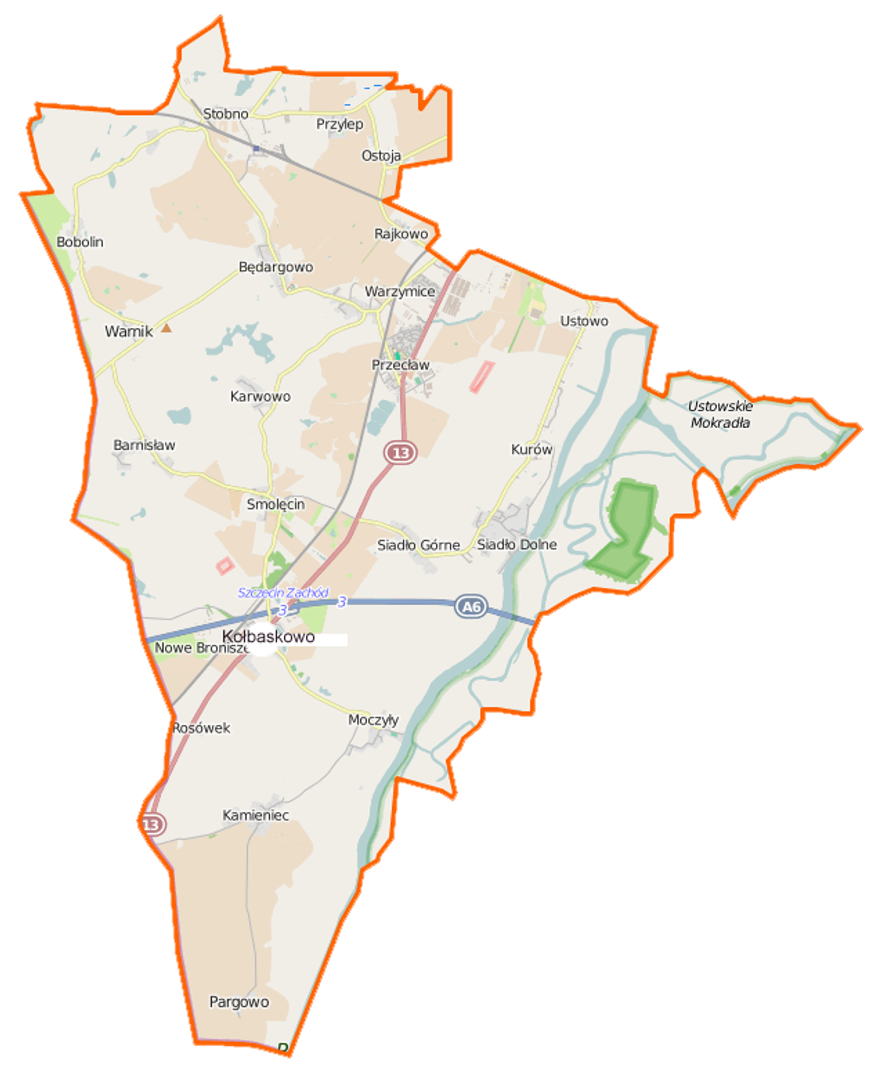Kolbaskowo
7.88

Overview
Kołbaskowo is a rural commune located in the western part of the West Pomeranian Voivodeship, within the Police County, with its administrative seat in the village of the same name. The commune covers 15.9% of the county's area and has an agricultural character, with 67% of its land used for farming. It is situated on the Szczecin Uplands and in the Lower Odra Valley, with its highest point being Mała Góra (88 meters above sea level).
The commune borders the city of Szczecin and Germany, which enhances its transportation significance, emphasized by the presence of the A6 motorway and national road 13. Kołbaskowo is rich in history, with archaeological excavations dating back 4,000 years and remnants of Lusatian and Pomeranian culture strongholds. Since the Middle Ages, the dominant landowners were the Griffin dynasty and the Catholic Church, including Cistercian nuns. In 1945, the village of Kurów was the site of the surrender of the mayor of Szczecin.
The area features numerous architectural monuments, including churches from the 13th to 15th centuries, such as the Holy Trinity Church in Kołbaskowo, as well as churches in Barnisław, Będargowo, and Smolęcin. The commune also boasts natural and tourist attractions; within the Lower Odra Valley Landscape Park, there are nature reserves and scenic viewpoints. It offers various tourist trails and two public road border crossings into Germany.
Kołbaskowo is known for its community activism and investments, achieving high rankings in local government evaluations. In 2016, its budget expenditures amounted to 53.9 million PLN, with revenues of 60.4 million PLN. Public transportation operates within the commune, and there are three primary schools. An interesting fact is that in the past, Kołbaskowo was traversed by important railway lines, most of which were discontinued after 1945.
Location
County
Police County
Country
2025 Wizytor | All Rights Reserved



